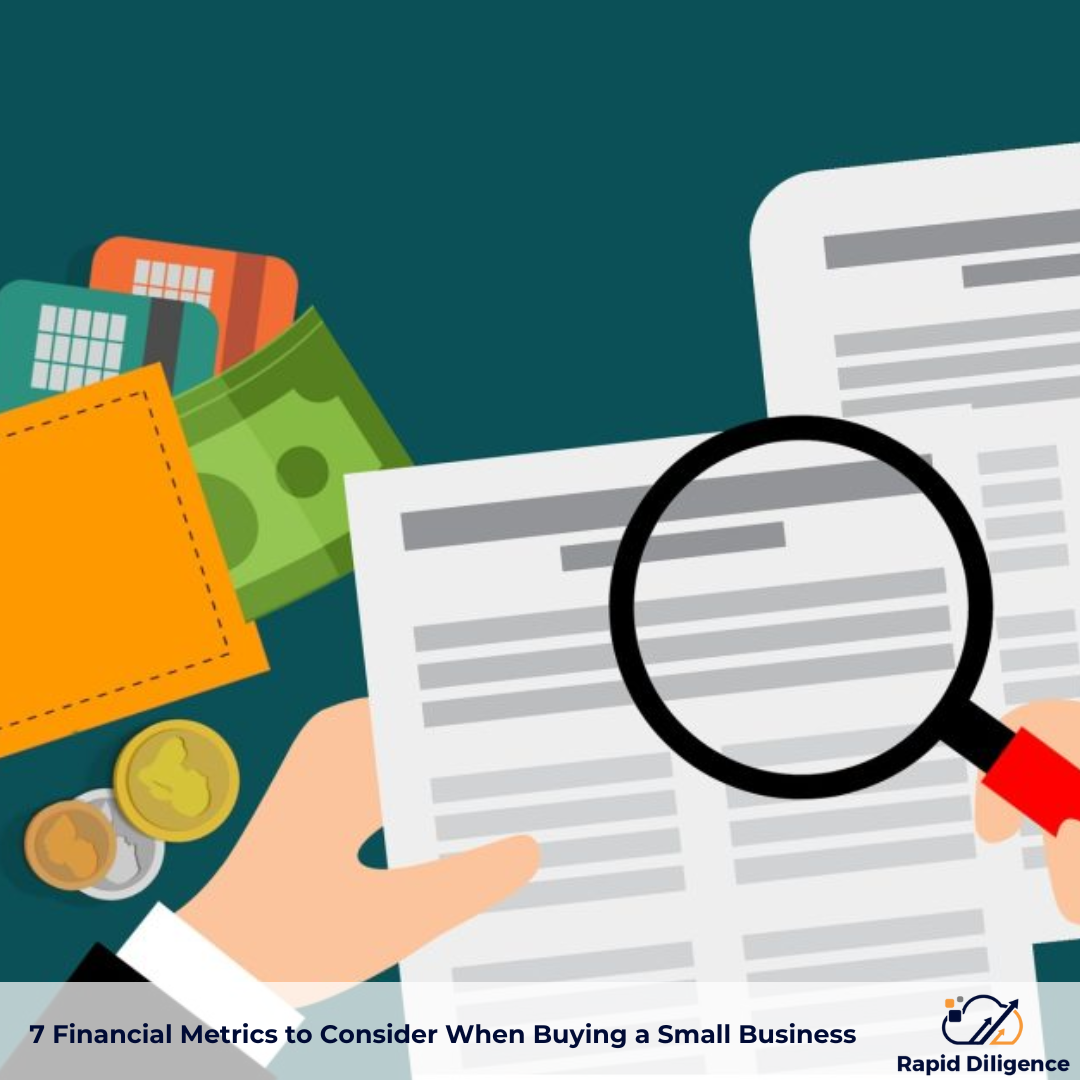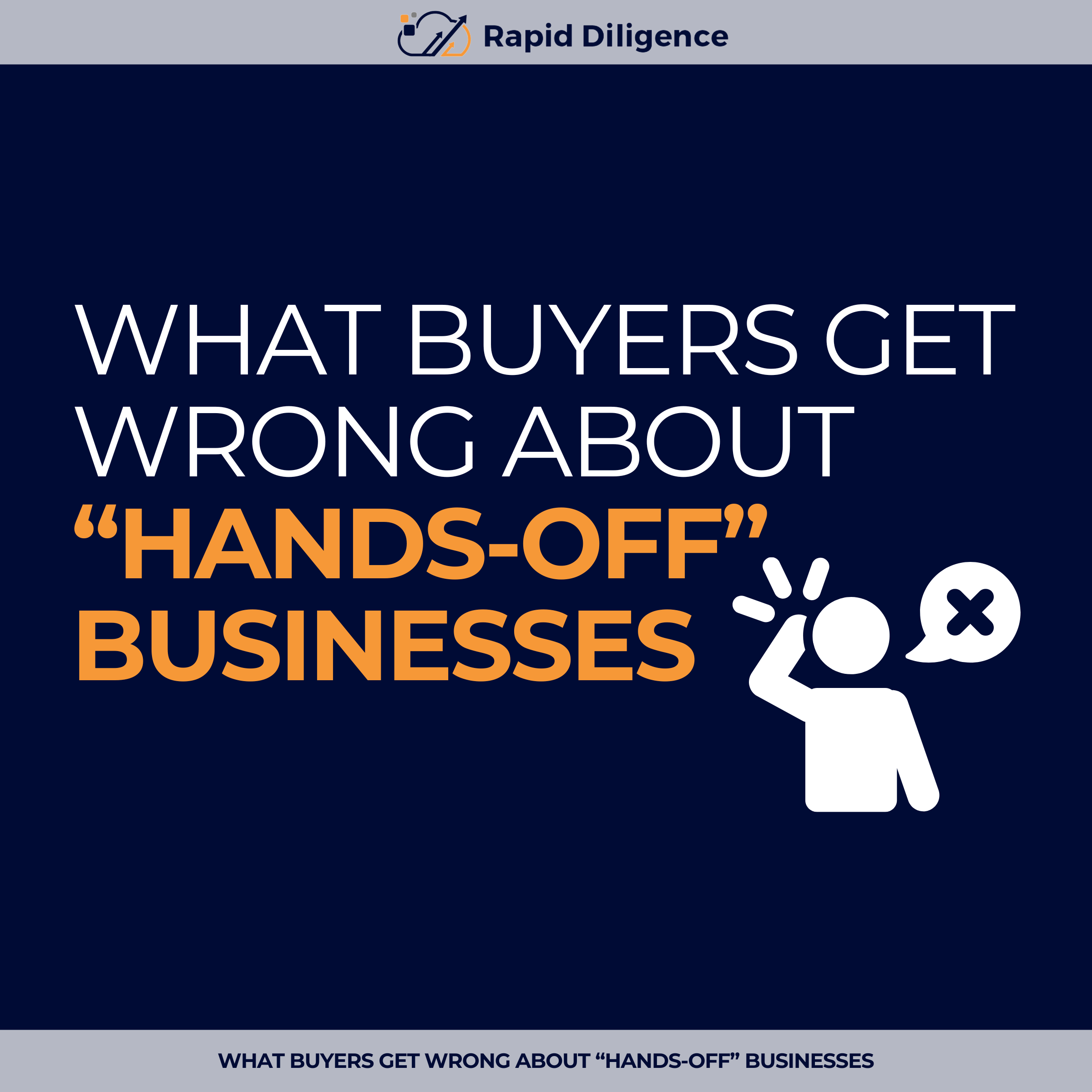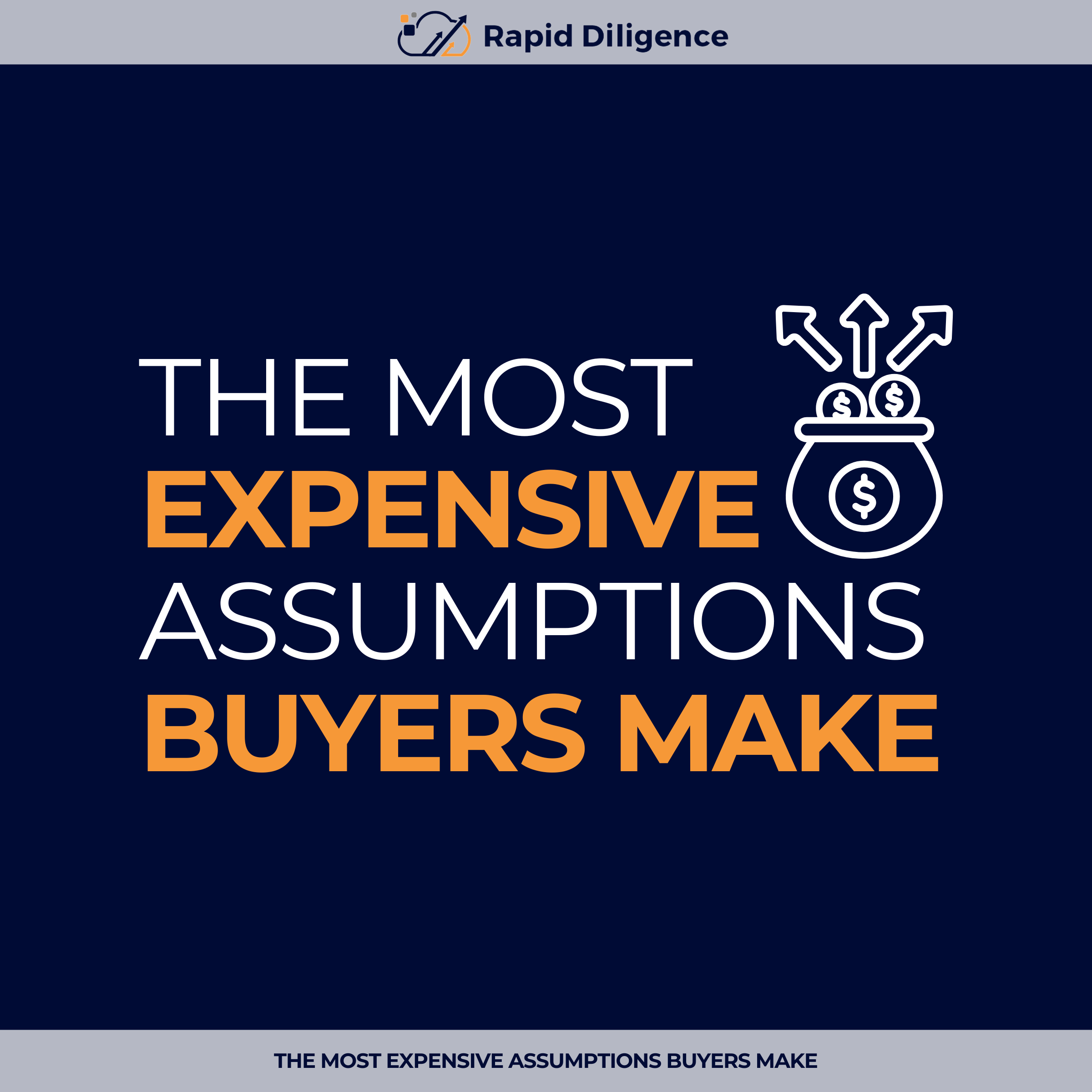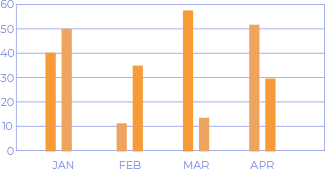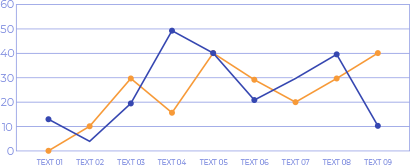When buying a small business, it’s important to review the financials to ensure that the business is profitable and financially stable. Here are some of the most important financial metrics to consider:
Revenue
Revenue is the total amount of money the business has generated over a specific period of time. It’s important to review revenue to get an understanding of the size of the business and its potential for growth. When reviewing revenue, it’s important to look for consistent growth over time, as well as any seasonality in the business. You should also compare the business’s revenue to that of its competitors to get a sense of its market share.
Here are some questions to ask to get a better understanding of the business’ revenue:
- What is the business’s revenue trend over the past three years? Has it been increasing, decreasing, or staying the same?
- Does the business experience any seasonality? For example, does it generate more revenue during certain times of the year?
- How does the business’s revenue compare to its competitors? Is it larger or smaller, and by how much?
Gross Profit Margin
The gross profit margin is the percentage of revenue that remains after deducting the cost of goods sold. This metric is important because it shows how much profit the business is making on each product or service sold. A high gross profit margin indicates that the business is generating a lot of profit on each sale, which is a positive sign. When reviewing gross profit margin, it’s important to compare it to that of the business’s competitors to get a sense of how it stacks up.
- What is the business’s gross profit margin for each product or service it sells?
- How does the business’s gross profit margin compare to its competitors? Is it higher or lower, and by how much?
- What factors are contributing to the business’s gross profit margin? For example, is it due to a high markup on products or efficient cost management?
Net Profit Margin
The net profit margin is the percentage of revenue that remains after deducting all expenses, including operating costs, taxes, and interest payments. This metric shows how much profit the business is making after all expenses have been accounted for. A high net profit margin indicates that the business is generating a lot of profit relative to its expenses, which is a positive sign. When reviewing net profit margin, it’s important to look for consistency over time and to compare it to that of the business’s competitors.
- What is the business’s net profit margin over the past three years? Has it been consistent, increasing, or decreasing?
- How does the business’s net profit margin compare to its competitors? Is it higher or lower, and by how much?
- Are there any expenses that are significantly affecting the business’s net profit margin? For example, are there high fixed costs or one-time expenses that are impacting profitability?
Cash Flow
Cash flow is the amount of cash the business generates from its operations. Positive cash flow is important because it allows the business to cover expenses and reinvest in the business. When reviewing cash flow, it’s important to look for consistent positive cash flow over time. You should also review the business’s cash flow statement to get a sense of where its cash is coming from and where it’s going.
- What is the business’s net cash flow from operating activities over the past three years? Is it positive or negative?
- What is the business’s cash conversion cycle? How long does it take for the business to convert its investments into cash?
- Are there any significant cash outflows that are affecting the business’s cash flow? For example, is the business making large capital expenditures or paying off debt?
Debt-to-equity Ratio
The debt-to-equity ratio is the amount of debt the business has relative to its equity. A high debt-to-equity ratio can indicate that the business is taking on too much debt and may be at risk of defaulting on its loans. It’s important to review this metric to ensure that the business is not over-leveraged. When reviewing the debt-to-equity ratio, it’s important to compare it to that of the business’s competitors to get a sense of how it stacks up.
- What is the business’s current debt-to-equity ratio? Is it higher or lower than the industry average?
- How has the business’s debt-to-equity ratio changed over time? Has it been increasing, decreasing, or staying the same?
- What is the business’s capacity to service its debt? Can it continue to pay its debts on time and in full?
Return on Investment (ROI)
The return on investment is the percentage return on the investment made in the business. It is calculated by dividing the net profit by the amount of the investment. A high ROI indicates that the business is generating a lot of profit relative to the amount of money invested in it, which is a positive sign. When reviewing ROI, it’s important to look for consistency over time and to compare it to that of the business’s competitors.
- What is the business’s return on investment over the past three years? Is it consistent, increasing, or decreasing?
- How does the business’s return on investment compare to its competitors? Is it higher or lower, and by how much?
- What factors are contributing to the business’s return on investment? For example, is it due to efficient operations or effective cost management?
Customer Acquisition Cost (CAC)
The customer acquisition cost is the cost the business incurs to acquire each new customer. A high CAC can indicate that the business is spending too much on marketing or that its marketing strategy is not effective. It’s important to review this metric to ensure that the business is not spending too much on customer acquisition. When reviewing CAC, it’s important to compare it to that of the business’s competitors to get a sense of how it stacks up.
- What is the business’s customer acquisition cost for each new customer? Is it high or low compared to industry benchmarks?
- How does the business’s customer acquisition cost compare to its competitors? Is it higher or lower, and by how much?
- Are there any marketing channels that are significantly affecting the business’s customer acquisition cost? For example, is the business relying heavily on paid advertising or influencer marketing?
In conclusion, by reviewing the financial metrics outlined above, you can get a better understanding of the financial health of the business you’re looking to buy. It’s important to review these metrics in detail and to compare them to those of the business’s competitors to make an informed decision about whether to invest in the business.

